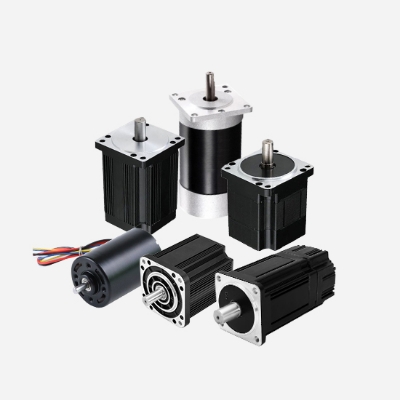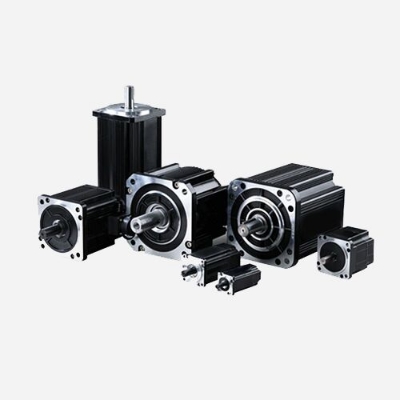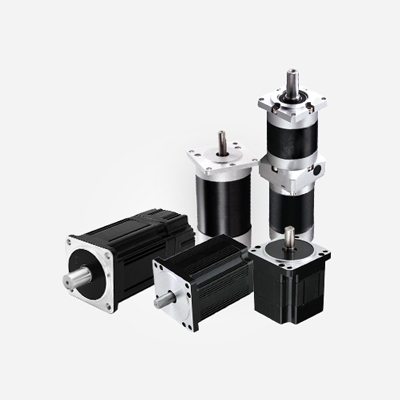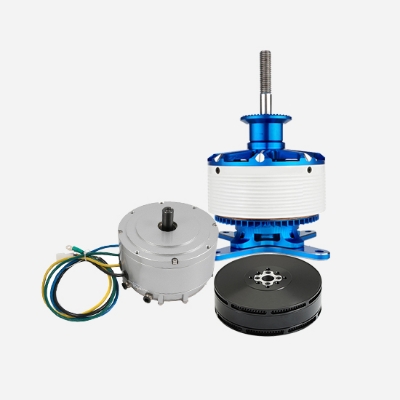Brushless motors receive power from electronic speed control. (ESC) The speed control must know the position of the rotor in order to accelerate the motor smoothly from zero speed. When it does not know the position of the rotor, ESC must determine it. The ESC is able to determine the rotor position by supplying power to the motor and receiving a counter-electromotive force (electromotive force - which really just means generating a voltage "signal" and sending it back to the ESC) as the rotor moves. It is this feedback loop that allows the ESC to know the position of the rotor.
In a brushless motor with sensors, the motor contains sensors inside. These sensors are responsible for sending information about the rotor position back to the ESC, and as soon as the ESC knows the rotor position, synchronization is established from zero RPM.
What are the advantages of sensored and sensorless brushless motors?
In general, both sensored and sensorless brushless motors have advantages and disadvantages. When both are up and running, it can be difficult for even an experienced driver to notice the difference. Depending on your preference, you will have to choose the right one for your RC car between these two types of motors. However, using a sensorless motor for crawling may not be ideal because it requires a lot of speed control. In terms of compatibility, it is also important to note that you can use a sensor motor on a sensorless ESC, but not a sensorless motor on a sensor ESC.

Sensorless motors use an inverse/inverse EMF (electric potential) to detect the rotor position by receiving and interpreting the feedback current generated by the motor as the rotor rotates. Basically, it is a non-contact system, similar to a sensored motor, but using magnetic field forces. In addition, sensorless motors are more efficient than sensored motors when running at high RPM (revolutions per minute). Without contact, there is no friction and no heat is generated. Unlike sensor motors, which require ventilated space, sensorless motors do not, so they are often sealed to prevent the ingress of dust or small particles.
While a sensorless motor has many advantages in that it is not connected to anything, it also has the disadvantage that it is difficult for the ESC to actually detect the position of the rotor. This depends heavily on the quality of the firmware. In addition, when the motor is running at low speeds, it can occasionally cause a cogging effect because there is not enough EMF (electric potential) to send to the ESC to receive.
Sensored and sensorless brushless motor applications
The first reason your application may require a sensor motor is the need for torque at very low speeds. We are talking about zero RPM. Applications that require torque at very low speeds are RC Car based. They include rock climbing or any type of RC car action at very slow speeds.
In addition, cars with a high transmission that require immediate torque can be very problematic at low speeds. They may include highway cars or high-speed RC drag racing. The low-speed transmissions of these RC vehicles require the motor to produce a lot of torque from the start. Requiring the motor to accelerate quickly from a stop can result in significant power consumption. When brushless motors are not synchronized with the ESC, the reliability of fast, smooth acceleration is compromised. Induction motors in these applications can be helpful.
When it comes to other applications, the requirements for sensored motors are low. For example, all types of RC helicopters, boats, and aircraft work well with sensorless motors. In these applications, most of the operation of these motors is done at much higher speeds. One of the most important parts is the very low torque requirement to make the system run even at 0 RPM. A low-speed propeller will not put a large enough load on the motor to warrant having a sensor on the motor. There is no longer a need to add sensors and wiring harnesses to the motor in these applications, saving valuable weight and complexity. Ultimately, this may lead to improved reliability.




